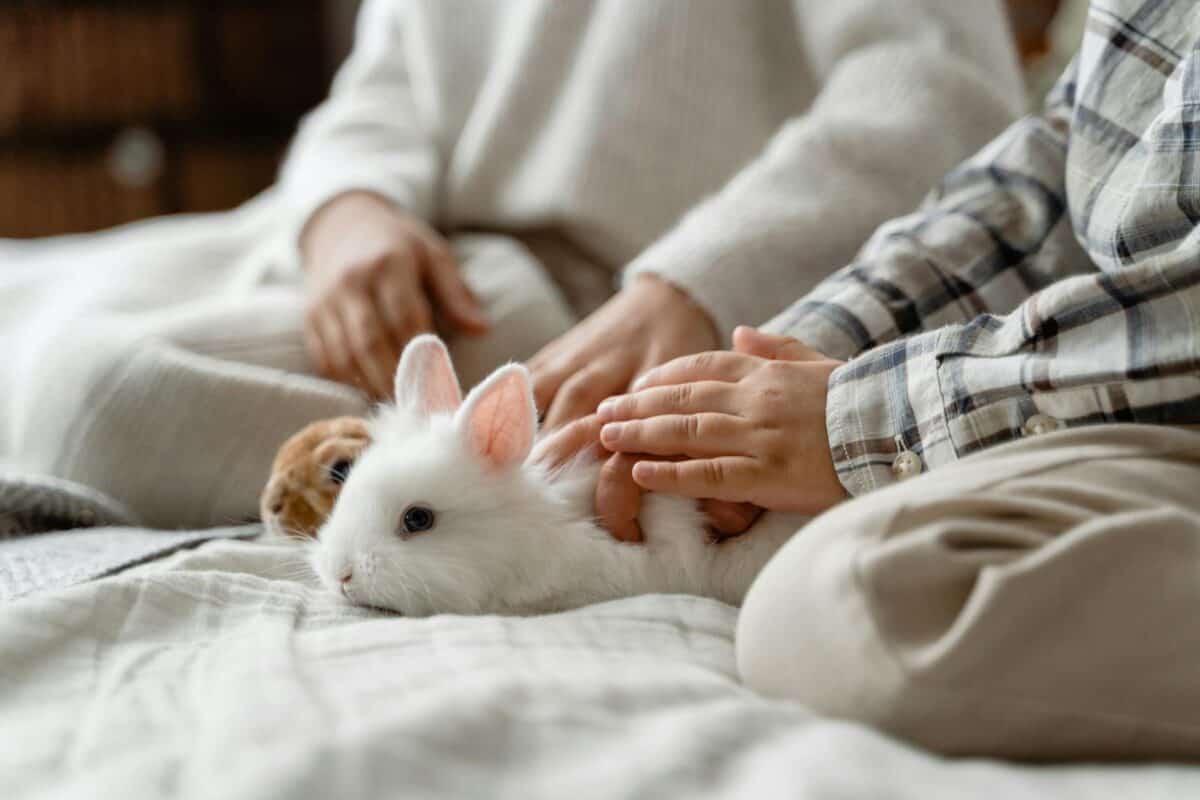The allure of exotic pets has captivated animal enthusiasts for generations, but not everyone has the space for larger companions like dogs, cats, or even rabbits. Fortunately, the animal kingdom offers a fascinating array of tiny creatures that can fit comfortably in the palm of your hand while still providing the joy and companionship of pet ownership. These miniature marvels bring wonder into our homes with their unique behaviors, striking appearances, and often, surprising intelligence. Whether you’re living in a small apartment, have limited space for pet habitats, or simply find yourself drawn to the charm of tiny creatures, this guide explores 15 remarkable small exotic pets that combine the excitement of the unusual with the practicality of minimal space requirements.
Understanding Tiny Exotic Pets Benefits and Considerations
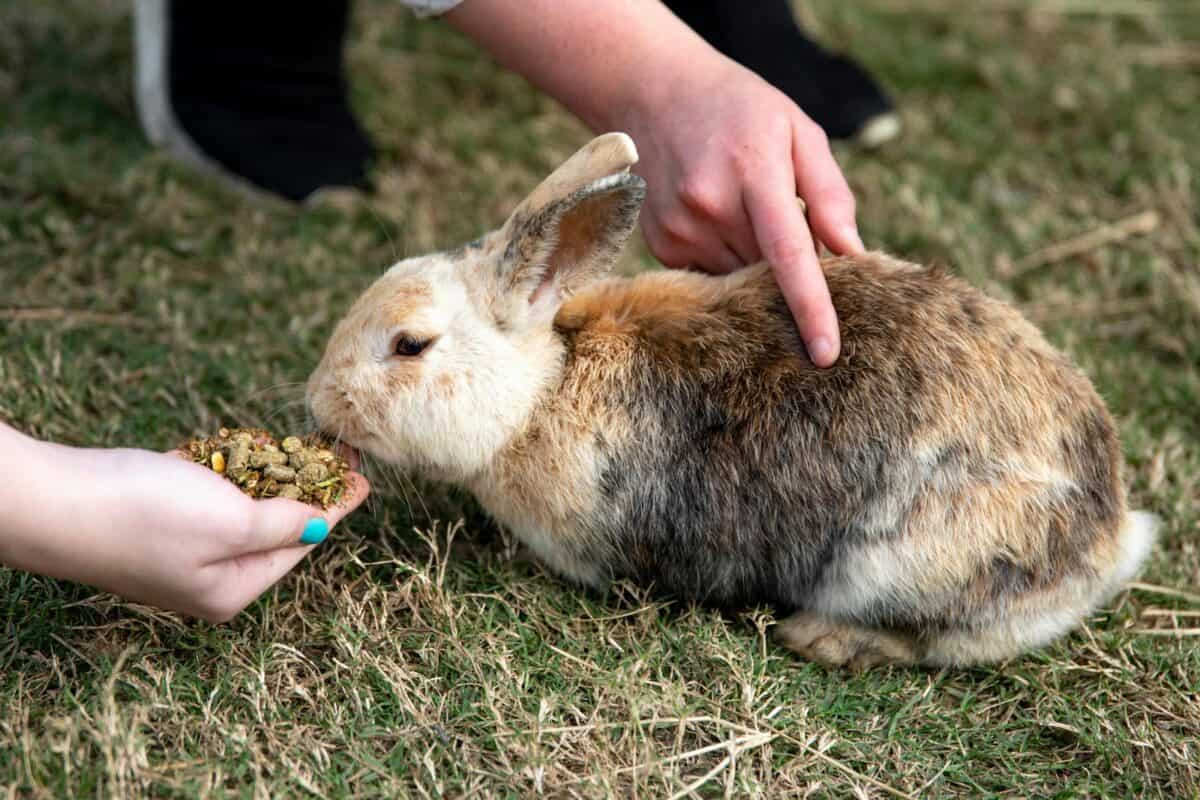
Miniature exotic pets offer several advantages over their larger counterparts. They typically require less space, consume fewer resources, and often have simplified care requirements. Additionally, many small species have shorter lifespans, which can be a practical consideration for those unable to commit to decades of pet care. However, their diminutive size doesn’t mean they require less attention or responsibility. Many tiny exotics have specialized needs regarding temperature, humidity, diet, and social interaction. Before bringing home any exotic pet, regardless of size, it’s essential to research relevant laws in your area, as regulations regarding exotic pet ownership vary widely. Also consider ethical sourcing—many exotic pets are better acquired through reputable breeders or rescue organizations rather than from the wild, where collection can damage fragile ecosystems and populations.
African Pygmy Hedgehogs Prickly Companions
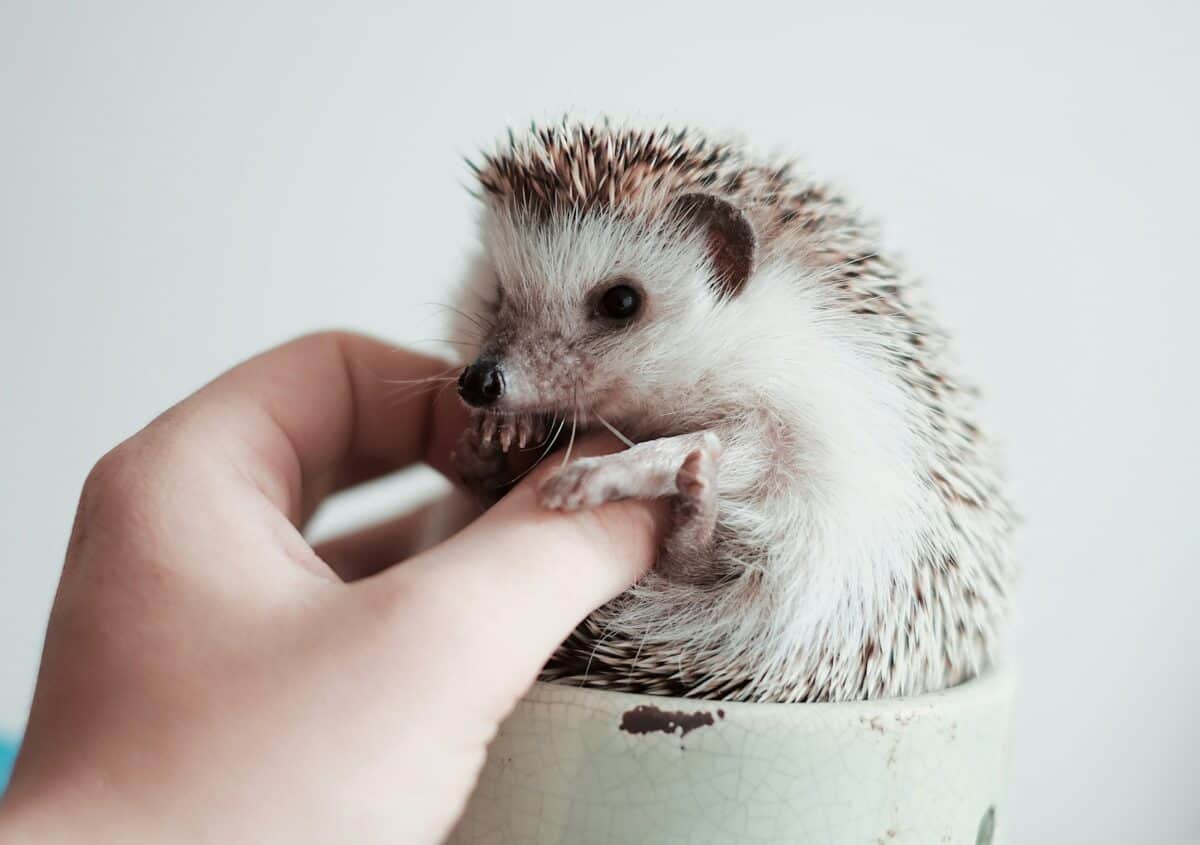
African Pygmy Hedgehogs (Atelerix albiventris) have become increasingly popular as pocket-sized pets, measuring just 5-8 inches in length and weighing between 10-20 ounces. These nocturnal insectivores feature a distinctive coat of spines for protection, which they can roll into a tight ball when threatened. Despite their prickly exterior, they often develop affectionate relationships with their owners when properly socialized. These hedgehogs require specialized care including temperatures between 72-80°F (as they’re susceptible to hibernation attempts in cooler environments), a diet primarily consisting of high-quality cat food supplemented with insects, and an enclosure of at least 4 square feet with opportunities for exercise. With proper care, they typically live 4-7 years. Potential owners should note that hedgehog ownership is restricted in some states and municipalities, including California, Georgia, and New York City.
Pygmy Marmosets The World’s Smallest Monkeys

Weighing approximately 3.5 ounces and measuring just 4.6-6.2 inches (not including their tail), Pygmy Marmosets (Cebuella pygmaea) are the smallest monkeys in the world. Native to the rainforests of South America, these diminutive primates have distinctive tufted ears, specialized teeth for gouging tree bark to access sap, and the ability to rotate their heads 180 degrees. While their tiny size makes them seem like ideal pocket pets, Pygmy Marmosets are extremely challenging to care for properly, requiring specialized diets, large custom enclosures despite their size, and same-species companionship as they naturally live in family groups. They’re also highly intelligent creatures that need consistent mental stimulation. Due to these complex needs and ethical considerations regarding primate ownership, they’re illegal to keep as pets in many regions and generally best left in their natural habitats or accredited zoological facilities. Their inclusion here is primarily educational, as they represent one of nature’s tiniest primates.
Roborovski Dwarf Hamsters Speedy Miniatures

The Roborovski Dwarf Hamster (Phodopus roborovskii) stands as the smallest of all hamster species, typically measuring just 2 inches in length and weighing less than an ounce. Native to desert regions in Central Asia, these tiny mammals are distinguished by their sandy coloration, white eyebrows, and absence of the dorsal stripe common in other dwarf hamsters. “Robos,” as enthusiasts affectionately call them, are known for their extraordinary speed—capable of running up to 6 miles per night on their exercise wheels. Unlike some hamster species, Roborovskis can often live peacefully in same-sex pairs or small groups when introduced at a young age. They require a minimum 20-gallon habitat with at least 4 inches of bedding for their natural burrowing behaviors, a diet of high-quality hamster food supplemented with occasional seeds and vegetables, and especially fine-gauge wire cages as their tiny bodies can squeeze through standard bar spacing. With proper care, these energetic miniatures typically live 3-4 years.
Dart Frogs Living Jewels
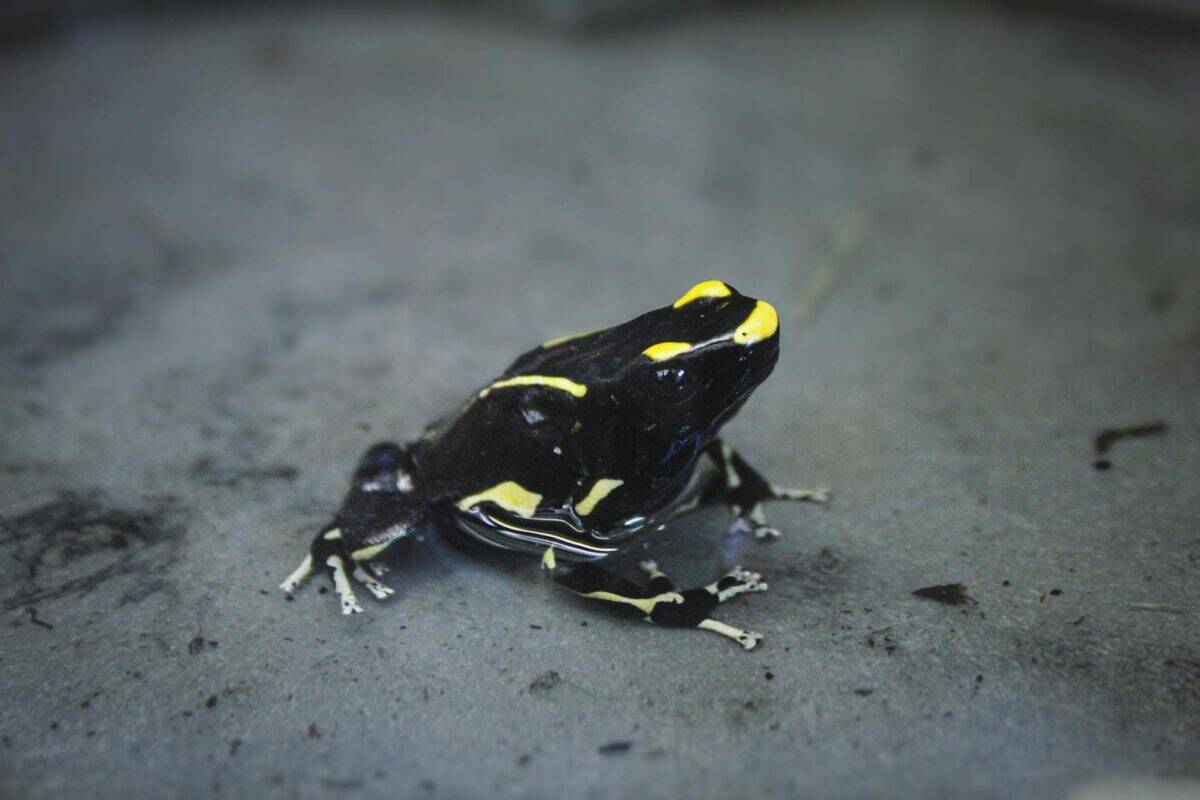
Poison Dart Frogs comprise a family (Dendrobatidae) of tiny amphibians native to Central and South American rainforests, with most species measuring between 0.75-1.5 inches in length. Despite their name, captive-bred specimens aren’t toxic, as their poisonous properties in the wild derive from their natural diet of specific insects. These frogs are renowned for their spectacular coloration patterns—electric blues, vibrant yellows, and striking reds—which serve as warning signals to predators in their natural habitat. As pets, dart frogs require specialized vivarium setups that recreate rainforest conditions, including high humidity (80-100%), temperatures between 70-80°F, and carefully cultivated live plants. While small, their enclosures should be no less than 10 gallons for a pair, featuring proper drainage layers, substrate, and hiding places. These tiny amphibians thrive on a diet of fruit flies, springtails, and pinhead crickets. With their striking appearance and fascinating behaviors, dart frogs can live 5-15 years in captivity, though they’re better suited for experienced hobbyists who can maintain their precise environmental requirements.
Madagascar Hissing Cockroaches Gentle Giants of the Insect World

Despite triggering anxiety in many people, the Madagascar Hissing Cockroach (Gromphadorhina portentosa) has gained popularity as an exotic pet due to its fascinating behaviors and minimal care requirements. Growing to 2-3 inches in length, these insects are considerably larger than common household roaches but still small enough to hold in your palm. Their name derives from the distinctive hissing sound they produce by forcing air through specialized breathing pores when disturbed. Unlike pest species, these cockroaches cannot climb smooth surfaces or fly, making containment simple. They require a minimum 10-gallon tank with secure ventilation, several inches of substrate (coconut fiber works well), hiding spots, and humidity between 60-70%. Their diet consists primarily of fresh fruits, vegetables, and commercial roach food. With lifespans of 2-5 years, these docile insects make excellent educational pets and are often used in classrooms to teach children about invertebrate life. Males can be distinguished from females by the pronounced “horns” on their pronotum (the shield-like plate behind the head).
Pygmy Geckos Nature’s Miniature Marvels
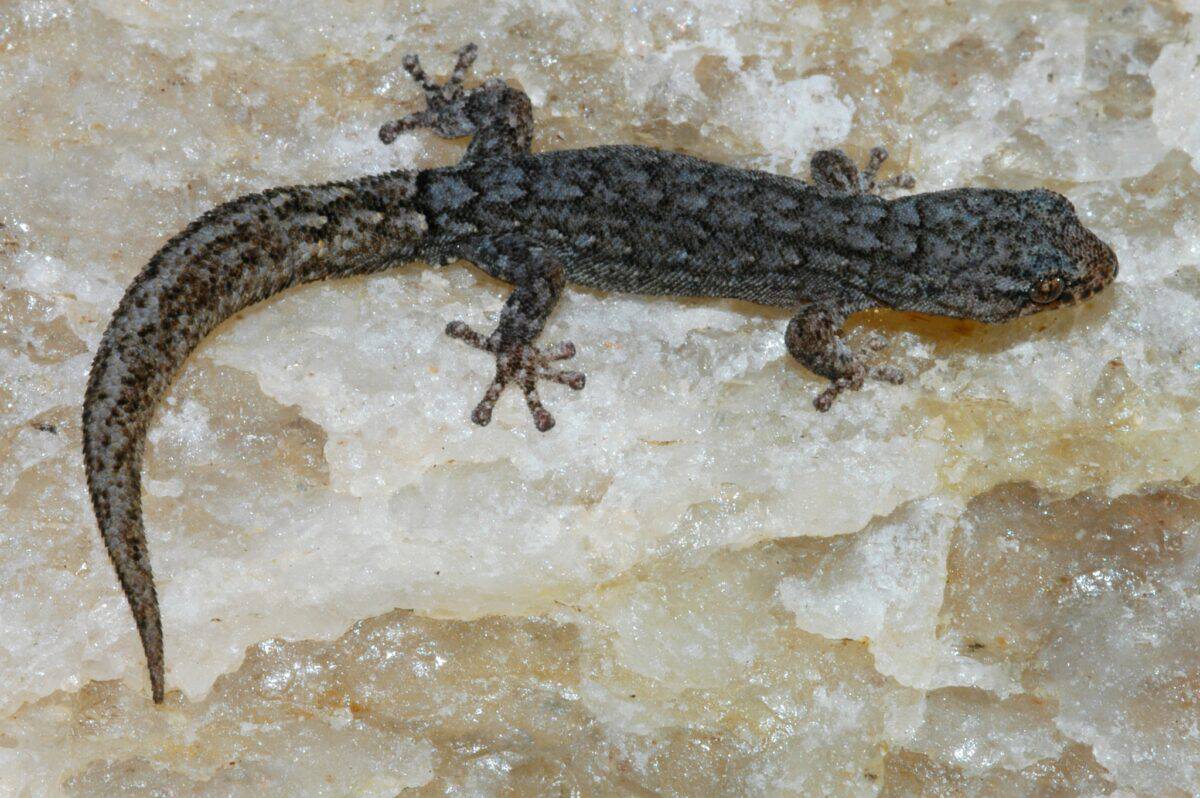
Among the smallest reptiles in the world, Pygmy Geckos of the genus Sphaerodactylus include some species that measure less than an inch in adult length. The Dwarf Gecko (Sphaerodactylus ariasae), discovered in 2001 in the Dominican Republic, is particularly notable as one of the smallest vertebrates on Earth, averaging just 16-18mm in length. These tiny reptiles feature intricately patterned scales, sometimes with beautiful gold or copper flecking, and unlike many larger gecko species, they lack the specialized toe pads for climbing smooth surfaces. As pets, pygmy geckos require terrariums with high humidity (70-80%), temperatures around 75-85°F, and an array of small hiding places among plants and bark. Due to their extremely small size, they feed primarily on micro-prey including fruit flies, springtails, and pinhead crickets. Their enclosures must be carefully designed with very fine mesh ventilation as they can escape through remarkably small openings. While fascinating, these micro-geckos are best suited for experienced keepers due to their specialized care requirements and delicate nature.
Harvest Mice The Acrobats

Harvest Mice (Micromys minutus) are among the smallest rodents in the world, weighing just 4-8 grams and measuring 2-3 inches in body length. Native to Europe and Asia, these tiny mammals are remarkable for their prehensile tails, which function almost like a fifth limb, allowing them to grasp stems and branches as they navigate their environment with impressive acrobatic skill. Their distinctive features include golden-brown fur, rounded ears, and remarkably dexterous front paws. As pets, Harvest Mice thrive in groups of 2-4 same-sex individuals or breeding pairs in specialized enclosures at least 15×12×12 inches with very narrow bar spacing or fine mesh. Their habitats should include climbing opportunities with natural branches, grasses, and plants that mimic their native meadow environments. Their diet consists primarily of small seeds, grains, and occasional insects. While not typically handled due to their fragility and speed, these mice make fascinating display pets with their constant activity and remarkable climbing abilities. With proper care in appropriate colonies, they typically live 1.5-2.5 years.
African Pygmy Mice The Smallest Domesticated Rodents
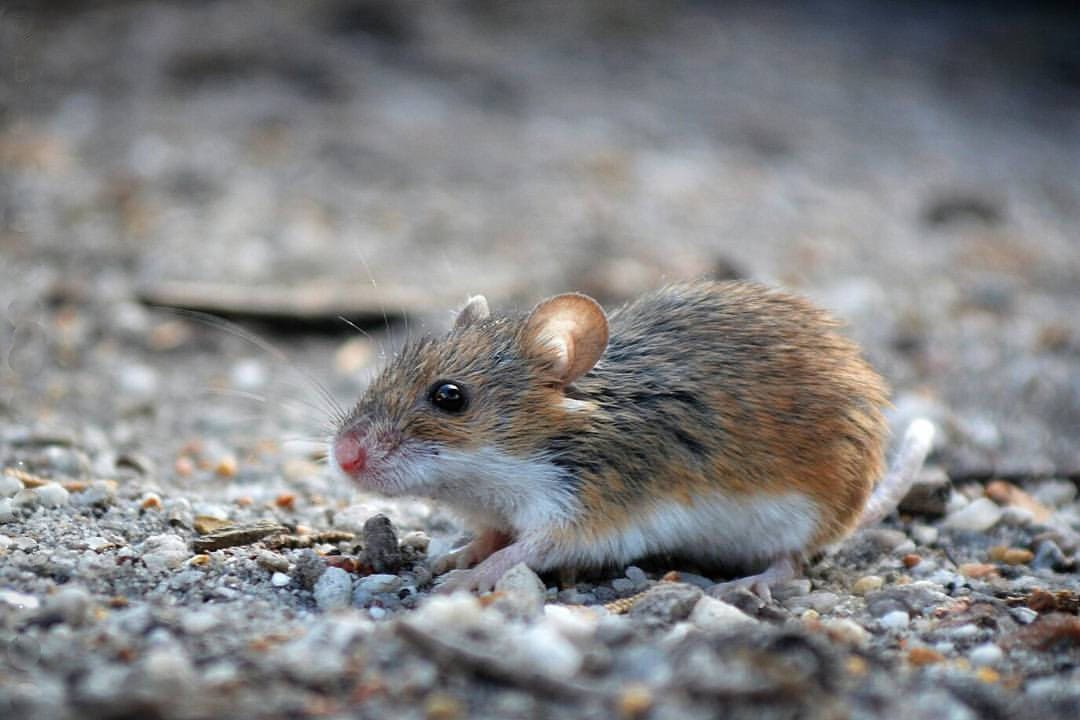
African Pygmy Mice (Mus minutoides) hold the distinction of being among the smallest rodent species kept as pets, with adults typically weighing just 3-12 grams and measuring 1.5-3 inches including their tail. These minuscule mammals feature reddish-brown or gray fur with white underbellies and distinctive black eyes that appear large relative to their tiny faces. Native to sub-Saharan Africa, they’ve adapted to survive in a variety of habitats from grasslands to forests. As pets, African Pygmy Mice are social creatures that should be kept in same-sex groups or breeding pairs within enclosures featuring very fine mesh or glass tanks with secure lids, as they can squeeze through openings as small as 5-7mm. Their habitats should be at least 10 gallons for a small group, featuring multiple levels with climbing opportunities, hiding spots, and at least 2 inches of paper-based bedding for burrowing. Their diet consists primarily of high-quality mouse or finch seed mixes supplemented with small insects like pinhead crickets. With their fast metabolism, they require constant access to food and water through specialized small-animal equipment. Though rarely handled due to their fragility and speed, they typically live 1.5-2 years as fascinating display pets.
Desert Rain Frogs Living Squeaky Toys
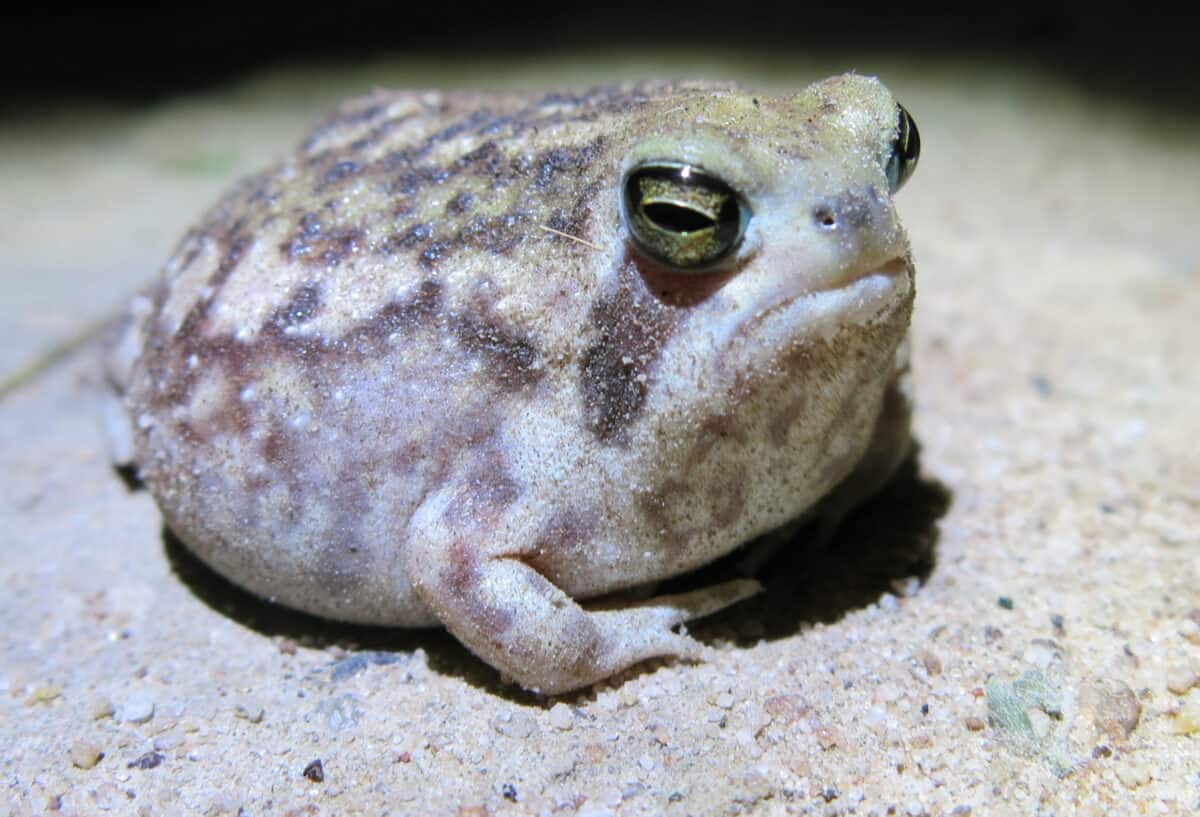
The Desert Rain Frog (Breviceps macrops) gained internet fame for its unusual squeaking defensive sound that resembles a child’s toy, but beyond this viral characteristic lies a fascinating potential pet for experienced amphibian enthusiasts. Native to a narrow coastal strip between Namibia and South Africa, these round-bodied frogs measure just 1.5-2 inches and feature distinctive chubby physiques with short limbs, a flat face, and vertically-oriented pupils. Unlike most frogs, they don’t have a tadpole stage—instead hatching as fully-formed froglets. As pets, they require specialized setups mimicking their native environment, including a minimum 10-gallon terrarium with a substrate mix of play sand and coconut fiber at least 4 inches deep for burrowing. Their enclosure should maintain 70-75% humidity and temperatures between 65-78°F with a gentle gradient. Their diet consists primarily of small insects including crickets, mealworms, and waxworms appropriately sized for their tiny mouths. While captive breeding is rare, making ethically sourced specimens difficult to find, properly cared for individuals can live 10-15 years. Their unusual appearance and behaviors make them fascinating, if uncommon, pocket-sized exotic pets.
Assassin Bugs Predatory Jewels

Assassin Bugs (family Reduviidae), particularly the Wheel Bug (Arilus cristatus), have gained popularity in the invertebrate hobby for their striking appearance and fascinating predatory behaviors. Measuring 0.5-1.5 inches depending on the species, these insects feature distinctive proboscises folded beneath their heads—specialized mouthparts used to inject prey with digestive enzymes before consuming the liquefied internal tissues. The Wheel Bug specifically is named for the cogwheel-shaped crest on its thorax. As pets, Assassin Bugs require simple enclosures such as ventilated containers at least three times their body length in each dimension, furnished with branches for perching and substrate such as coconut fiber. They thrive at room temperature with moderate humidity maintained by occasional misting. Their diet consists of live insects such as crickets, mealworms, and flies, with feeding sessions providing captivating displays of their hunting prowess. While fascinating to observe, they should be handled with extreme caution or preferably not at all, as their defensive bites are exceptionally painful to humans. With proper care, these prehistoric-looking predators typically live 1-2 years, making them temporary yet fascinating additions to invertebrate collections.
Pygmy Chameleons Miniature Masters of Disguise

Unlike their larger cousins that require substantial enclosures, Pygmy Chameleons (genus Brookesia and Rhampholeon) offer the chameleon experience in a package typically measuring just 1-3 inches in total length. The Leaf Chameleon (Brookesia minima) from Madagascar is particularly notable, being among the smallest reptiles in the world. These diminutive lizards feature the characteristic independently-moving eyes and specialized feet of their larger relatives, but often lack the dramatic color-changing abilities, instead relying on camouflage patterns that mimic leaf litter and bark. As pets, they require enclosures that emphasize height over floor space—even a 12×12×18 inch terrarium can house a small group. Their habitats should maintain 70-80% humidity through daily misting, temperatures between 70-80°F with a slight drop at night, and dense plantings (live or artificial) for climbing and hiding. Unlike many reptiles, they don’t require UVB lighting but benefit from gentle indirect illumination. Their diet consists of appropriately-sized insects including fruit flies, pinhead crickets, and springtails. While not suitable for handling, these miniature chameleons make fascinating display animals with their deliberate movements and excellent hunting skills, typically living 2-3 years with proper care.
Spiny Flower Mantids Ornate Predators
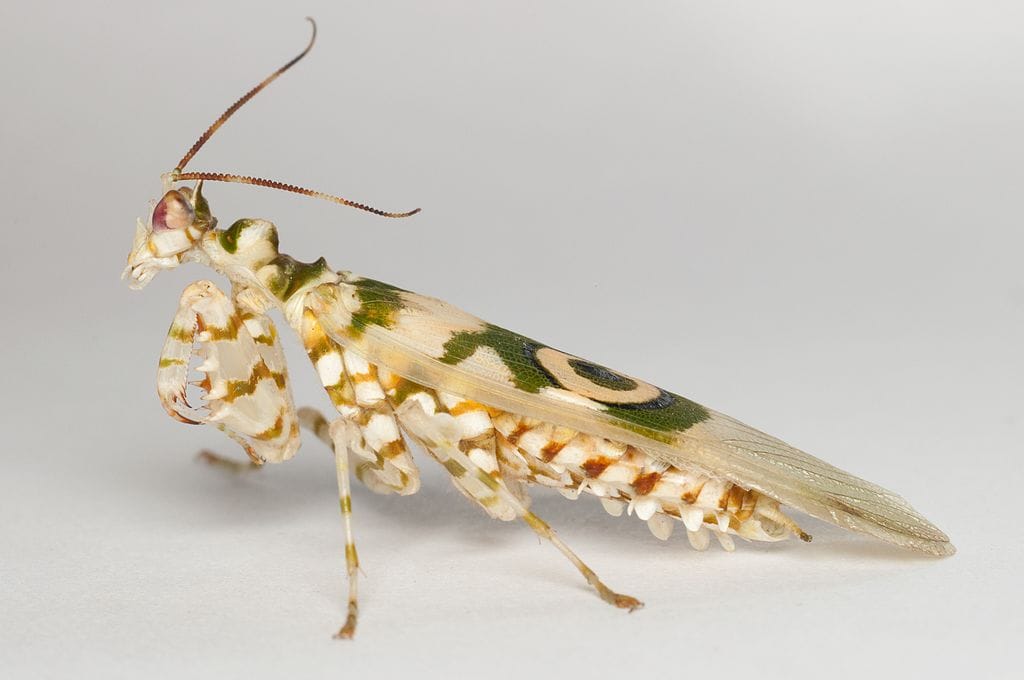
The Spiny Flower Mantis (Pseudocreobotra wahlbergii) stands as one of the most visually striking insects kept in the exotic pet hobby, measuring just 1.5-2 inches in length. Native to Africa, these mantids feature elaborate camouflage that mimics flowers, including leaf-like projections from their bodies and a spectacular circular eyespot pattern on their forewings that resembles a flower in bloom. This pattern becomes especially visible during their threat display, when they raise their wings to appear larger to potential predators. As pets, they require relatively simple housing—even adults can be maintained in 32oz deli cups or small critter keepers with ventilated lids and twigs for molting and perching. They thrive at room temperature (70-80°F) with moderate humidity maintained through occasional misting. Their diet consists of appropriately-sized live insects including fruit flies, house flies, and small crickets. Unlike some larger mantis species, their small size makes them unsuitable for regular handling, though they can be temporarily perched on a hand for brief periods. With proper care, these living ornaments typically live 6-8 months as adults, with females generally surviving longer than males.
Conclusion: Tiny Creatures, Big Responsibilities

While small exotic pets may fit in the palm of your hand, the commitment they require is anything but small. These miniature animals offer fascinating glimpses into the diversity of life, with unique behaviors, appearances, and care needs that rival or exceed those of more traditional pets. Whether you’re drawn to the delicate elegance of pygmy geckos, the jewel-like vibrancy of dart frogs, or the quirky charm of spiny flower mantids, choosing a tiny exotic companion means embracing their specific requirements and respecting the natural origins they represent. With proper research, ethical sourcing, and a dedication to their wellbeing, these pint-sized pets can bring immense joy—and a touch of the extraordinary—into even the smallest of living spaces.
- 14 Creatures That Can Freeze and Thaw Back to Life - August 9, 2025
- 10 Animals That Risked Their Lives to Save Humans - August 9, 2025
- 14 Reasons Why Bears Are Afraid of Humans (Most of the Time) - August 9, 2025

